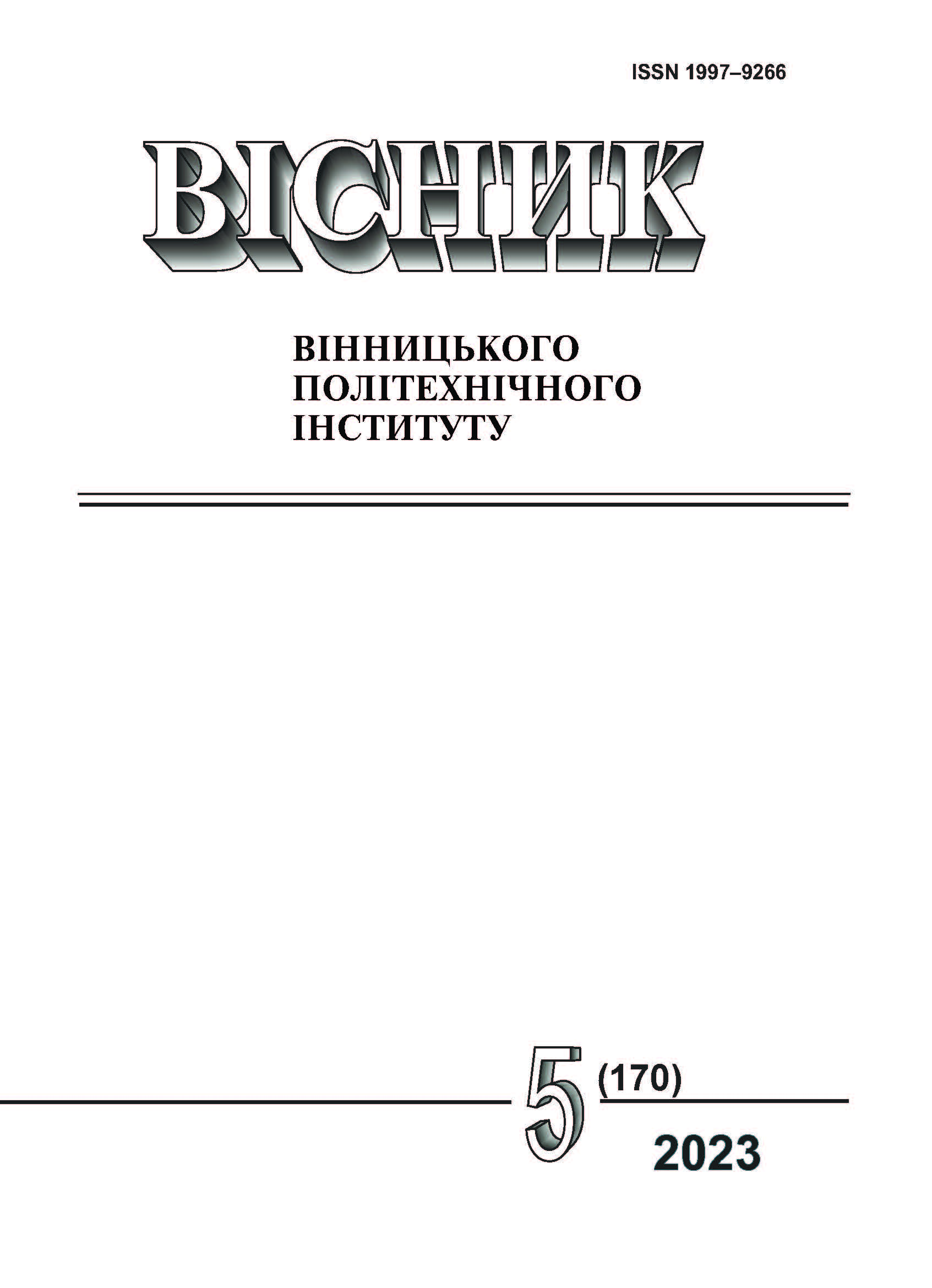Analysis of Methods for Preprocessing of Panoramic Dental X-Rays for Image Segmentation Tasks
DOI:
https://doi.org/10.31649/1997-9266-2023-170-5-41-49Keywords:
panoramic dental X-rays, preprocessing, computer vision, deep learning, image segmentation, bilateral filterAbstract
The paper presents a comprehensive analysis of the effectiveness of preprocessing filters for panoramic dental X-rays in the dental fillings segmentation task. The study focuses on the analysis of the practical application of the most popular image preprocessing methods, including the Contrast Limited Adaptive Histogram Equalization (CLAHE) filter, Gaussian filter, bilateral filter, and Multi-scale Retinex with Color Restoration (MSRCR) filter. These methods have been carefully tuned to improve the image characteristics and significantly increase its quality. In addition, the paper presents an algorithm for training a segmentation model based on the U-Net architecture for the dental fillings segmentation task. A comprehensive evaluation of the segmentation accuracy was performed by comparing the model results with annotations using clearly defined metrics. The paper shows a comparative analysis of the effectiveness of each image preprocessing filter in comparison with the original raw images. For the effectiveness evaluation of the preprocessing filters for segmentation models, the following metrics were used: Dice Score, Jaccard index, Precision, and Sensitivity/Recall. These metrics enable to conduct a comprehensive assessment of the effectiveness of segmentation models, considering the influence of the filters on various aspects of accuracy. According to the analysis results, it was found that the best results were demonstrated by the model that uses the bilateral preprocessing filter of panoramic images for the dental fillings segmentation task. The CLAHE filter also performed well, showing the best sensitivity of the model. In general, the results of this work emphasize the importance of the correct choice of image preprocessing methods for segmentation tasks on panoramic dental X-ray images. The results also confirm the advantage of using the bilateral and the CLAHE filters for the dental fillings segmentation task.
References
О. В. Коменчук, і О. Б. Мокін, «Методи передобробки панорамних стоматологічних рентгенівських знімків для задачі глибокого навчання,» Матеріали LII науково-технічної конференції підрозділів Вінницького національного технічного університету (НТКП ВНТУ-2023), 2023.
H. Abdi, S. Kasaei, and M. Mehdizadeh, “Automatic segmentation of mandible in panoramic x-ray,” J. Med. Imaging (Bellingham), vol. 2, no. 4, 044003, 2015. [Online]. Available: https://www.academia.edu/36038975/Pre-Processing_of_Dental_X-Ray_Images_Using_Adaptive_Histogram_Equalization_Method.
S. S. Simon, and X. F. Joseph, “Pre-Processing of Dental X-Ray Images Using Adaptive Histogram Equalization Method,” Italienisch, vol. 9, no. 1, pp. 87-96, 2019. [Electronic resource]. Available: https://www.italienisch.nl/index.php/VerlagSauerlander/article/view/45 .
X. Liu et al., “Advances in Deep Learning-Based Medical Image Analysis,” Health Data Science, 2021. [Online]. Available: https://downloads.spj.sciencemag.org/hds/2021/8786793.pdf .
С. В. Павлов, Д. В. Вовкотруб, С. О. Романюк, і Л. В. Авраменко. «Аналіз методів попереднього оброблення біомедичних зображень,» Наукові праці ДонНТУ № 2 (21), серія «Інформатика, кібернетика та обчислювальна техніка», 2015 р.
P. Vasuki, J. Kanimozhi, and M. B. Devi, “A survey on image preprocessing techniques for diverse fields of medical imagery,” in 2017 IEEE International Conference on Electrical, Instrumentation and Communication Engineering (ICEICE), 2017. [Online]. Available: https://ieeexplore.ieee.org/abstract/document/8192443 .
W. Lin, and Y. Lin, “Soybean image segmentation based on multi-scale Retinex with color restoration,” J. Phys.: Conf. Ser., vol. 2284, no. 1, 012010, 2022. [Online]. Available: https://iopscience.iop.org/article/10.1088/1742-6596/2284/1/012010/pdf .
Abdi and S. Kasaei, “Panoramic Dental X-rays With Segmented Mandibles,” 2020. [Online]. Available: https://data.mendeley.com/datasets/hxt48yk462/2 .
R. B. Jeyavathana, R. Balasubramanian, and A. A. Pandian, “A Survey: Analysis on Pre-processing and Segmentation Techniques for Medical Images,” Int. J. Res. Sci. Innov., 2016. [Online]. Available: https://www.researchgate.net/profile/Anbarasa-Pandian/publication/305502844_A_Survey_Analysis_on_Pre-processing_and_Segmentation_Techniques_for_Medical_Images/links/5792520a08aed51475aed3f5/A-Survey-Analysis-on-Pre-processing-and-Segmentation-Techniques-f .
O. Ronneberger, P. Fischer, and T. Brox, “U-Net: Convolutional Networks for Biomedical Image Segmentation,” Computer Science Department and BIOSS Centre for Biological Signalling Studies, University of Freiburg, Germany, 2015. [Online]. Available: https://arxiv.org/pdf/1505.04597.pdf .
“PyTorch Image Models, ”GitHub, [Online]. Available: https://github.com/huggingface/pytorch-image-models .
“Albumentations Documentation,” Albumentations, [Online]. Available: https://albumentations.ai/docs/ .
Downloads
-
PDF (Українська)
Downloads: 135
Published
How to Cite
Issue
Section
License

This work is licensed under a Creative Commons Attribution 4.0 International License.
Authors who publish with this journal agree to the following terms:
- Authors retain copyright and grant the journal right of first publication.
- Authors are able to enter into separate, additional contractual arrangements for the non-exclusive distribution of the journal's published version of the work (e.g., post it to an institutional repository or publish it in a book), with an acknowledgment of its initial publication in this journal.
- Authors are permitted and encouraged to post their work online (e.g., in institutional repositories or on their website) prior to and during the submission process, as it can lead to productive exchanges, as well as earlier and greater citation of published work (See The Effect of Open Access).





